Here at Planet Janet Travels, I want to help YOU travel the world more widely, confidently and joyfully! I hope to inspire you to take your travels “beyond the guidebook” so that you can meet more of the local people, deepen your cultural encounters, and seek out those unique experiences – all to greatly enrich your travels.
As a globe-trotting Baby Boomer, I am fortunate to have visited more than 80 of the world’s countries and territories over many years of exploring this fascinating world! I love to share stories about the places I have personally visited, the wonderful people I have met, and the lessons (oh, so many!) learned along the way.
I’ve assembled a list of 11 Travel Tips to help you in creating & experiencing your own Grand Adventures Beyond the Guidebook as you travel around the globe. These tips can apply whether you are going on a formal group tour or traveling independently – solo or in a small group. I’ve also included lots of examples from my own travels. I sincerely hope you will find these tips valuable to enhance your travels!
Tip #1 – Choose Your Travels With Great Care
Create or Update Your Travel Dream List (or Travel Wish List)

Review your full list & prioritize it into your top 5-10 travel desires (for the next 5-10 years). That way, you can start to focus time and energy on “manifesting” travels to your top destinations. I like to go through my master list each year and update my priorities over the next 3-5 years.
Look for Trips That Combine Your Desired Destinations & Your Passions
In addition, what are your favorite hobbies, special passions or interests? Do you enjoy history and/or learning about other cultures? Do you love being out in nature and/or doing photography? Perhaps you could combine your interests and passions with travel to one of your wish-list destinations.
Here are some examples to get you thinking:
Taking a cooking class in France or a painting workshop in Tuscany (Italy)
- Attending Spanish language school in San Miguel de Allende (Mexico)
- Visiting Guatemala on a textile-focused tour to learn about the art of Mayan weaving
- Bird watching in Uganda, the Peruvian Amazon or Panama
- Seeing the magnificent “Big 5” animals on a safari in East Africa or Botswana
- Cycling in France’s Loire Valley or through the country roads of Vietnam
- Trekking in Nepal, hiking in New Zealand or in Argentina’s Patagonia region
- Scuba diving in Belize or on Australia’s Great Barrier Reef
- Walking among amazing wildlife in the Galapagos Islands (Ecuador)
- Going on a spiritual tour – spending time in an Indian ashram or a yoga retreat in Bali
- The List goes on and on…
Do Your Research – The Trip Itinerary is A Critical Factor to a Successful Trip
Whether you’re planning your own independent travel or signing up for an existing tour to one of your “dream list” destinations, carefully plan or review the itinerary to make sure this particular trip is right for you. For example, does it include all the key sights and places you really want to see? Do you have enough time in those places? Make sure the tour style & pace is a good fit.
In planning a trip, really do your research. Read some guidebooks to learn about the destination and the key sights you’d like to visit. Do online searches of other good tours to the same country and study their itineraries. Talk to friends – or their friends – who have traveled to that destination to get their personal recommendations. Read travel blogs. Watch travel shows. In today’s travel-passionate world, there is no lack of travel information (much of it good) out there!
Tip #2 – Choose Your Hotels & Lodging Wisely
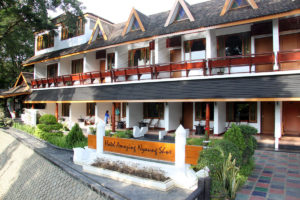
Local Charm or Atmosphere: When I recommend staying in a ‘good’ hotel or lodging, I don’t usually mean expensive or staying at the best place in town. When I travel independently, I often choose family-run establishments (in the mid-price range) with lots of local charm and warmth – yet with the necessary amenities.
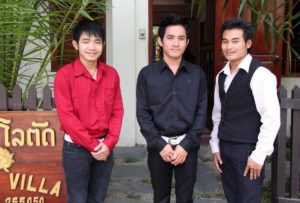
Researching / Finding the Hotels: To find lodging when traveling independently, I first seek out any personal hotel recommendations from people I know. I also rely on my guidebooks – like Lonely Planet and Rick Steves (for Europe) – as a starting point. I pour over the guidebook’s maps, noting the key sights, restaurant locations, and public transport in relation to the different mid-range hotel choices.
The major hotel booking sites like Booking.com can also be very helpful. I also visit customer review sites (like TripAdvisor) ad carefully read reviews of my finalists – always looking for helpful information about the hotel’s location, noise issues, friendliness of staff, cleanliness, etc. As always, you need to be discerning and learn to read between the lines and through the fluff on these sites!
Tip #3 – Look for Opportunities to Schedule Personal Visits & Dinners With Locals
Throughout our lives, we sometimes meet people from other places who will say “Come Visit!” Or perhaps, we have friends who move to a faraway country and make a similar offer. Keep a list of those invitations so that when “someday” comes along and you’re planning to be “in their area,” you can look them up. These personal visits (often shared over a meal) are some of the favorite memories of my travels!
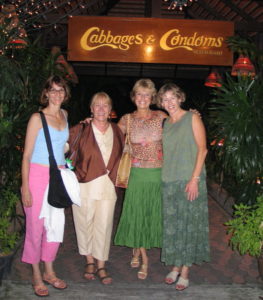
I’ve also visited local friends who were living abroad. A close friend moved to Ireland a few years ago so I planned my first Ireland trip. I spent six wonderful days with Deb, exploring her town, meeting her friends, and getting an insider’s view of life in the Emerald Isle. I also spent two days touring fascinating Dubai (United Arab Emirates) with my nephew who was working there on a two-year contract.
In addition to visiting people you personally know, be open to introductions from friends or family to people they may know in countries you will be visiting. I had a wonderful dinner in Seoul, South Korea with relatives of my sweet Korean neighbor who happily made the long distance introduction. (photo) When I was in Vietnam, I enjoyed an incredibly interesting dinner at the home of a friend’s brother Jim and his wife who were American ex-pats working in Hanoi.
Tip #4 – Good Local Tour Guides Will Greatly Enhance Your Experience
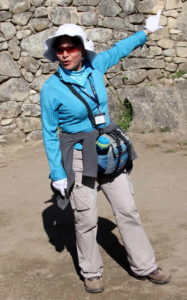
With strong ‘insider knowledge,’ these guides can help curate the local sights – letting you know what is really authentic and worthwhile and what’s just another tourist trap. If you’re traveling on a formal tour, you will often have a main tour guide for the whole trip – sometimes supplemented with guides at each destination with specific local expertise.
When you’re traveling independently, you can decide if and when you might benefit from booking a local guide. The time can range from a few hours to a full day or longer. Even when traveling with the best guidebook, a great local guide can add so much more to your experience. You may just end up with a new international friend with whom you maintain contact (like I have through Facebook and email).
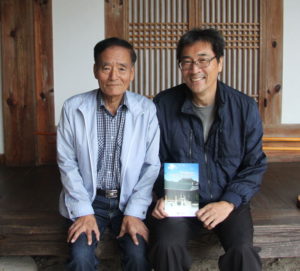
Clint gave me a wonderful tour of the whole area, including meeting his family. We visited a small monastery run by his favorite Buddhist nun – and she invited us to join her for tea and lunch. My Gyeongju visit was a much richer experience because of Clint’s insights & his many personal connections. (photo)
Often, you can wait until you’re at your destination ‘in country’ before booking a day tour with a local guide. I have done this in Kathmandu (for a tour of Bhaktapur), in Bangkok (to see the floating market), and in Siem Reap, Cambodia (to tour Angkor Wat). Some of the guides were booked through my hotel and others through the local travel agency handling other parts of my trip.
Tip #5 – Venture Off the Well-Worn Tourist Path & Be Open to Serendipity
One of the best ways to have a “beyond the guidebook” experience is by venturing off the well-worn tourist path and discovering your own travel gems. Often, it’s getting away from the tourist zone – and maybe even your tour group! – and walking a town’s back streets to get a glimpse of authentic daily life for the local people. It’s also putting on your explorer’s hat and wondering with great anticipation about what’s around that next corner.
Traveling (especially on formal tours) can sometimes mean packed and inflexible schedules. However, whenever possible during your free time, allow yourself the delicious joy of spontaneity and seeing where your two feet & intuition may lead you. The chance of experiencing the magic of serendipity – a ‘fortunate happenstance’ or pleasant surprise – is greatly increased when you’re open and receptive and firmly in your explorer mode.
Preparation for Your Exploration:
Read your guidebook(s) for ideas on where you might go exploring. Some guidebooks have maps with self-guided walking tours of local neighborhoods or districts that can be quite good.
- Collect and read local tourist brochures and other visitor information for ideas.
- Ask your helpful hotel staff, a Tourist Information office employee or other trusted locals where you can go to get a real flavor of the city/town. Make sure to verify where it is safe for you to go walking (day and night) – as the locals know best!
- Also ask for their recommendations of favorite sights to see including non-touristy places to eat – plus any not-to-be-missed local dishes to try.
What Local Exploration Might Look Like:
- Walking the streets of a typical residential neighborhood where you can watch children playing in the streets or at the neighborhood park while the mothers chat with each other.
- Visiting a local market filled with residents buying and selling produce and other colorful wares.
Observing a group of older men playing cards or drinking coffee at the local café – and being invited to join them.
- Going into local shops and chatting with the shopkeepers about their business and their life. (photo-Istanbul spice market)
- Enjoying a great meal at an authentic restaurant or cafe filled with locals.
- Taking local transport – such as trams, metro, bus and ferry – not only to get from point A to B, but to enjoy being “one with the locals” as they go about their regular lives. This can be great people-watching and sometimes you will get the chance for some interesting conversation.
Tip #6 – A Warm Smile & Friendly Conversation Are Universal Icebreakers
Never underestimate the Power of a Smile to break the ice & open up the magic of connection with another person. In my travels, I’ve found that some locals I have met initially seemed reserved – possibly due to shyness or cultural norms. But as soon as I greeted them with a big 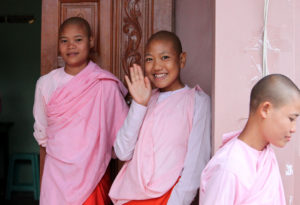
In addition, look for ways to have heartfelt interactions and conversations with the local people. When they see that you are kind, respectful and genuinely interested in them – their lives, their family and their culture – people usually love to share. And you never know what interesting things you will learn or what lovely connections you might make. These interactions – frequently with photos taken! – are often some of the most memorable parts of my travels.
Here I offer a caution. Whether traveling or at home, we Westerners are often in a hurry and focused on a mission – so we can be abrupt when interacting with someone providing us a service. We may jump right into our question or request without the courtesy of an acknowledgement or a “Hello, can you please help me?” However, to a foreigner whose culture values polite conversation (such as inquiring about each other’s families and catching up on the latest news) before getting down to business, this abruptness might be off-putting. Personally, I have to constantly remind myself of this tendency – and slow myself down!
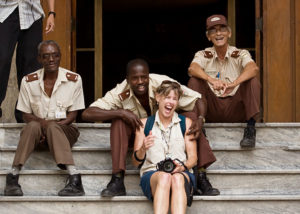
Tip #7 – Visit Colorful Markets / Shop for Art & Local Handicrafts
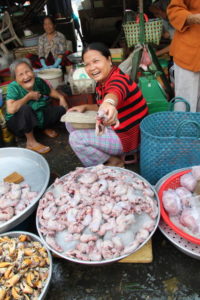
So be sure to visit some local markets on your travels. It’s a great way to see daily life in action and learn about the region’s foods. I love the photo to the right (from Cambodia) – “You want a rat?” The market ladies loved seeing the look of surprise & horror on my face!
Some markets are geared towards locals, while others sell handicrafts for tourists. Many are primarily food and produce markets (ie., the local grocery store!) and a few are specialized like the Witches’ Market in La Paz, Bolivia. In addition, there are lively Night Markets – in places like Thailand’s Chiang Mai and Luang Prabang in Laos – which sell the full range of products with large adjoining food courts for feeding the masses.
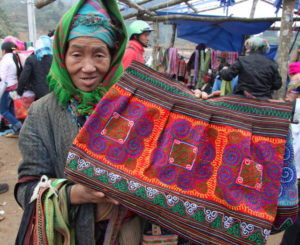
As you would expect, Middle Eastern markets have a distinctively Arab flavor. Istanbul (Turkey) is famous for its magnificent and colorful Spice Market and Grand Bazaar. Morocco’s large bazaars (called souks) fill narrow, winding streets packed with carpet and jewelry sellers. Dubai (United Arab Emirates) also has a lively spice and gold souk attracting shoppers from around the world.
I have found that market sellers are often happy to engage in conversation and even pose for the camera. Of course, they all love to see the photos of themselves on your digital camera screen.
Shopping for Local Art & Handicrafts

In fact, I find that shopping gives me a great excuse for having a fun, heartfelt interaction with the local artisan. I’ll ask about the particular item I am buying, its meaning, and how they made it. Plus, I’ll often inquire about their family and their life. Before saying goodbye, I frequently get a photo of the artist/vendor proudly holding up my new purchase – it makes for a great trip memory!
Tip #8 – Find Ways to Experience the Local Culture & Meet the People
Today, more and more tours offer travelers the opportunity to have authentic cultural experiences and connections with the local people. For example, Overseas Adventure Travel (with whom I toured Turkey, Morocco, and the Balkans) offers “A Day in the Life” experience on most of their tours. This can include a village walking tour, a visit with children at their school, shopping at a local market, and/or a home-hosted meal with local families.
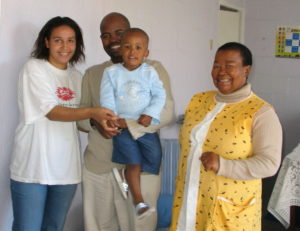
Whether traveling on a formal tour or independently, here are several types of worthwhile cultural experiences you might be able to find:
Tour A Real “Living Village”
While traveling on safari in Kenya, our group visited a real Maasai village – where tribal members still live very traditional lives. We were greeted by colorfully dressed men and women who performed typical Maasai song and dance for us.
A village leader then toured us through the village, and shared fascinating insights into their daily life, customs and Maasai culture. We went inside a home (a simple mud hut) and visited their newly-built school where adorable children sang for us. At the end, we had the opportunity to shop from a large selection of beautifully beaded handicrafts made by the villagers.
This ‘living village’ visit is a type of sustainable tourism in which the village receives income for the tours in exchange for providing visitors with an informative tour and authentic experience of their culture. Plus, it gives us visitors the chance to meet and really converse with village members.
I have also taken tours of an ethnic Akha village in Thailand’s hill tribe region; a living Maori village in Rotorua, New Zealand; and a township in Cape Town, South Africa. All of them were incredibly interesting and led by excellent guides from the village or township.
Visit A Cultural Village or Cultural Center
Another delightful learning experience is a visit to a Cultural Village or Cultural Center. Unlike a living village, people don’t actually reside here. However, the Center is usually created to simulate village life, complete with typical houses and different ‘stations’ where personable guides explain different aspects of local life – and members of the village staff demonstrate how they grind sorghum, make local beer, and more.
A highlight of these visits is the wonderful and lively music and dance performances by men and women in colorful local dress who seem to be having a great time. Sometimes, there’s even audience participation so get your dancing shoes ready! (Yep, that’s me in Rwanda below!)
Not surprisingly, there is often an opportunity to shop for locally-made handicrafts. I’ve had delightful visits to Shakaland Cultural Village in South Africa (Zulus – photo above right), the Iby’Iwacu Cultural Village in Rwanda, and Yunnan Nationalities Village in China (showcasing many local ethnic groups).
Tip #9 – Seek Out Unique Sights & Unusual or Special Experiences
I almost always visit key tourist sights when traveling to a new destination since I hate to miss anything! Even though they may be crowded, I usually find these sights to be worthwhile. Who would ever think of visiting Rome and not seeing the Colosseum; or Sydney and missing the Opera House; or Beijing and not touring China’s Great Wall?
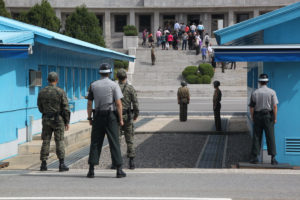
Some of these unique sights or special experiences may not be listed or emphasized in your guidebook. Search the destination’s tourist brochures and calendar of local events for good ideas. Visit the local Tourist Information Office (if a good one) and talk with staff, plus your hotel staff and other trusted locals for their not-to-be missed recommendations. You may discover some real gems by your careful research.

Some Examples from My Own Travel Adventures (to give you ideas):
- Took a fascinating tour of Paris’ famous underground sewer system (Musee des Egouts).
Enjoyed a breathtaking sunrise balloon ride over Kenya’s Masai Mara, followed by a champagne breakfast out in the bush.
- Swam with wild dusky dolphins off the coast of Kaikoura, New Zealand.
- Took part in a fun “Elephant Bathing” experience in Nepal’s Chitwan National Park. Here, I may have gotten more washed than the elephant. (photo – me in blue!)
- Visited La Mitad Monument near Quito, Ecuador where you can straddle the equator’s boundary line and pose for photos, while standing in both hemispheres. (photo at bottom of post)
- Took an exciting 13-minute helicopter ride over Africa’s magnificent Victoria Falls.
- Experienced a magical “Handel’s Messiah” Christmas concert in Antigua, Guatemala – set in the candle-lit
ruins of a centuries-old church (Casa Santo Domingo).
- Socialized with friends in a ‘cool’ Ice Bar named “Below Zero” (temp. of 15° F) in Queenstown, New Zealand where everything is made out of ice (even the drink glasses)! (photo)
- Took a guided morning “reef walk” in Zanzibar, seeing local women doing their seaweed farming.
- Went Shark-Cage Diving in Gansbaai, South Africa to see the Great Whites “up close and personal” – it was wonderful and I lived to tell the tale!
Tip #10 – Attend Local Music & Cultural Dance Performances
Enjoying a quality music or cultural dance performance definitely enhances your travel experience. Often a country – and its different ethnic groups – have a rich cultural heritage with traditions expressed through their music and dance and colorful native costumes.
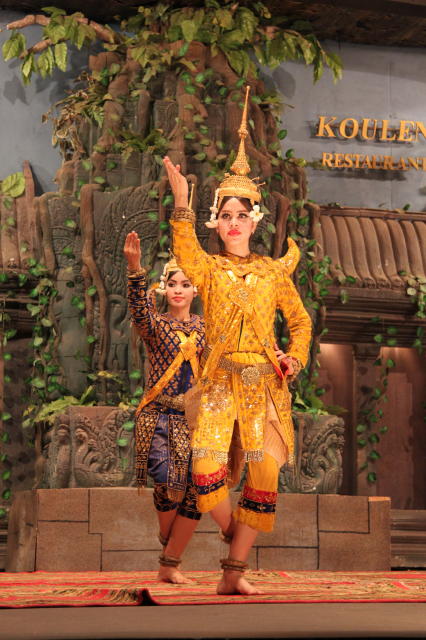
I enjoyed wonderful dinner show and cultural performances – in China (Beijing), Ethiopia (Addis Ababa), Cambodia (Siem Reap) and New Zealand (Rotorua / Maori culture). The dinner featured local cuisine and the professional performance showcased traditional music and dance performed by men and women in beautiful native clothing. These were held in big venues, drawing large numbers of tourists. However, they were all very well done, informative and definitely a worthwhile cultural experience.
You may also find music and dance performances at some local restaurants or even your hotel – usually on a smaller scale. I was entertained at dinner in Bangkok by beautiful Thai dancing and at an ethnic restaurant in Lhasa, Tibet by two men doing a very comical yak dance (encased in a furry yak costume). My resort in Fiji had a traditional feast one evening for its guests along with a Meke performance (song and dance) by local men and women from a nearby village who loved sharing their culture with us.
Don’t forget free local arts performances you may discover as you’re wandering around. In Hallstat, Austria, I happened upon a lovely show one evening with locals performing many of their traditional dances on a large stage in the town square. In Thailand, I took a break from shopping at Chiang Rai’s Night Market to watch local music and dance performers on stage. And, of course, Havana – Cuba’s vibrant capital – is filled to the brim with talented musicians playing all around town. Buena Vista Social Club, anyone?
Another joy is experiencing special musical (only) performances. I have attended a variety of captivating concerts when traveling. Some have been concerts with traditional music played by skilled masters on ancient instruments like in Lijiang, China or Seoul, South Korea. One was an organ concert performed in Berlin’s magnificent cathedral. Another was a Mozart chamber music concert by four world-class musicians in an intimate salon in Vienna, Austria, ornately adorned in baroque style. So very special! (photos above)
Lastly, there may be special performances unique to a destination that you won’t want to miss. These art forms are often imbued with a real sense of tradition and history. I was captivated by the spirituality of the Whirling Dervishes in Cappadocia (Turkey), entertained by Can-Can dancers at Paris’ Moulin Rouge cabaret, and fascinated by a Water Puppet show in Hanoi (Vietnam) and a Marionettes show in Myanmar. (photos above)
Tip #11 – Pamper Yourself by Visiting a Local Spa for a Great Massage or Hot Soak
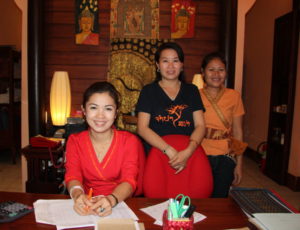
Much of the fun – and the intrigue – is in experiencing the local flavor and particular practices of each spa. The settings run the gamut from a typical high-end spa in a luxury hotel to a simple street-side shop offering foot and leg massages in one big room with a row of clients sitting in chairs.
A real bonus when you’re traveling to the more exotic destinations (like Asia and Africa) is that spa prices can be quite reasonable, bordering on incredibly cheap. For example, in 2011 in Vientiane (Laos’ capital city), I delighted in a 2-hour full body massage with a hot herbal treatment for $15 plus tip! However, you’ll find spa prices at high end hotels (particularly in the cities) are not usually the same bargain.
I’ve enjoyed wonderful Swedish full-body massages in South Africa, Tanzania, New Zealand and Guatemala. I’ve had a Thai massage in Thailand (where else!), a Shiatsu massage in Kathmandu (Nepal), and a Chinese massage in Tibet. And I loved my foot and leg (reflexology) massages in Cambodia, Myanmar and Ethiopia – and at Tokyo’s Narita airport during a long layover.
Across the board, I have been impressed by the professionalism of the massage therapists (women and men) that I have met. Besides giving good massages and body treatments, they were sweet and personable. Of course, you want to be discerning about the spa you decide to visit, especially if it’s not part of your hotel. Get trusted referrals and recommendations so you don’t end up somewhere sketchy!
Conveniently, I have gotten most of my massages and spa treatments at the hotel where I was staying. My upscale hotels offered the traditional spa with multiple treatment rooms, lovely decor and a soothing, healing environment. My more modest hotels had just one simple massage room while my Zanzibar beach resort had an open-air spa under a thatched palapa with two massage tables. (photo, above left) All of them have been good experiences.
- Credit: Demirhan Hamam – Antalya, Turkey
In addition, be on the lookout for a destination’s more unusual spa or bathing experiences. In Turkey, I joined locals in their favorite pastime – with a visit to a real Turkish bath. (photo above left) There I got a vigorous body scrub down after first detoxifying in a hot steam sauna, followed by a nice massage. More relaxing still was soaking in hot spring-fed outdoor pools at New Zealand’s Polynesian Spa in Rotorua and at Iceland’s famous Blue Lagoon. (photo above right) All of these different spa visits were some of my favorite trip memories!
If you’d like to know more, I’ve written a blog post entitled Spa Stories: Where Pampering Meets Local Cultural Experience. Click the highlighted link.
Valuable Tips for “Creating Grand Travel Adventures Beyond the Guidebook”
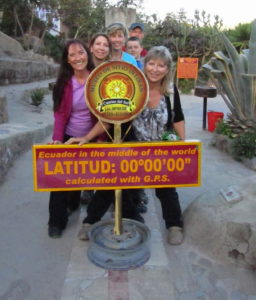
- Tip #1 – Choose Your Trips With Great Care
- Tip #2 – Choose Your Hotels & Lodging Wisely
- Tip #3 – Look for Opportunities to Schedule Personal Visits & Dinners with Locals
- Tip #4 – Good Local Tour Guides Will Greatly Enhance Your Experience
- Tip #5 – Venture Off the Well-Worn Tourist Path & Be Open to Serendipity
- Tip #6 – A Warm Smile & Friendly Conversation Are Universal Icebreakers
- Tip #7 – Visit Colorful Markets / Shop for Art & Local Handicrafts
- Tip #8 – Find Ways to Experience the Local Culture & Meet the People
- Tip #9 – Seek Out Unique Sights & Unusual or Special Experiences
- Tip #10 – Attend Local Music & Cultural Dance Performances
- Tip #11 – Pamper Yourself by Visiting a Local Spa for a Great Massage or Hot Soak
COMMENTS: Did you find these travel tips helpful? Are you already doing many of them on your international travels? Do you have any tips to add?


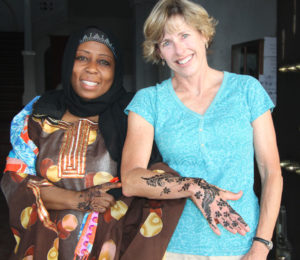
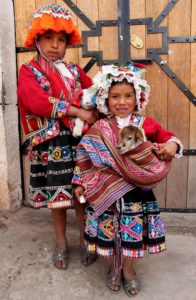
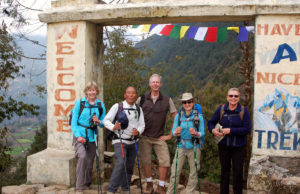

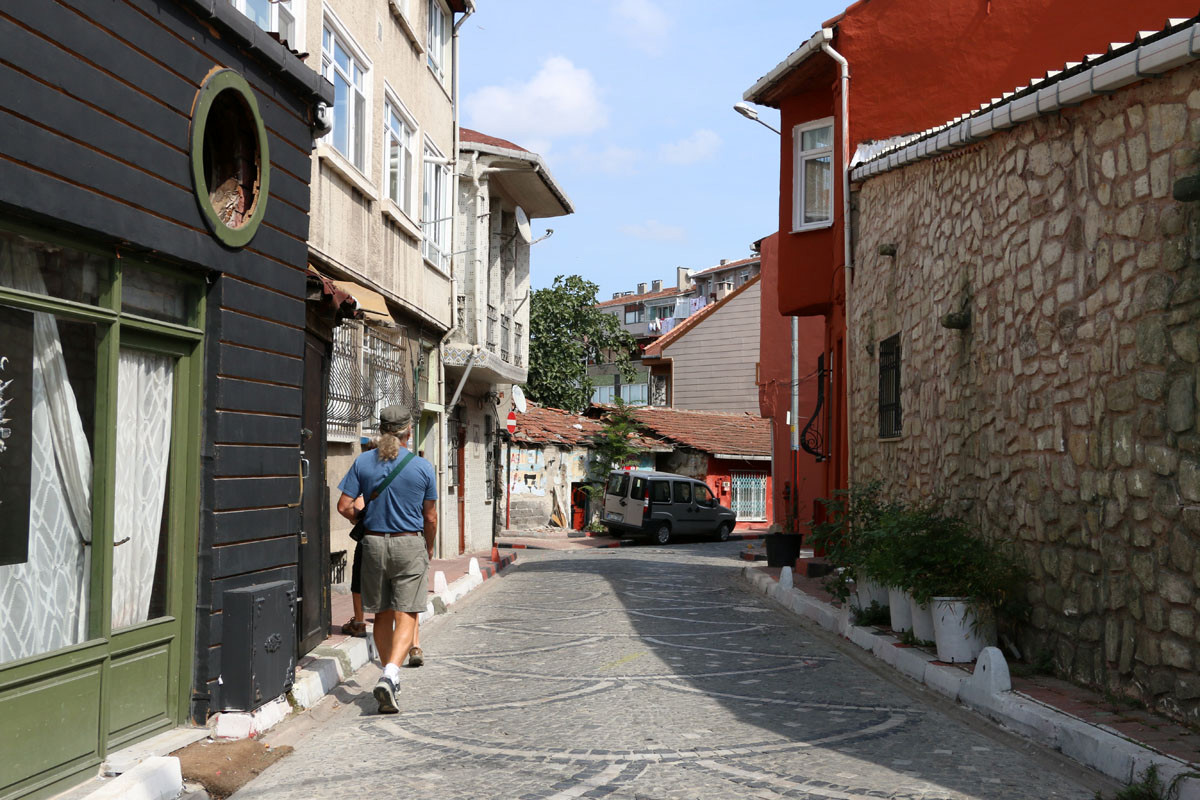
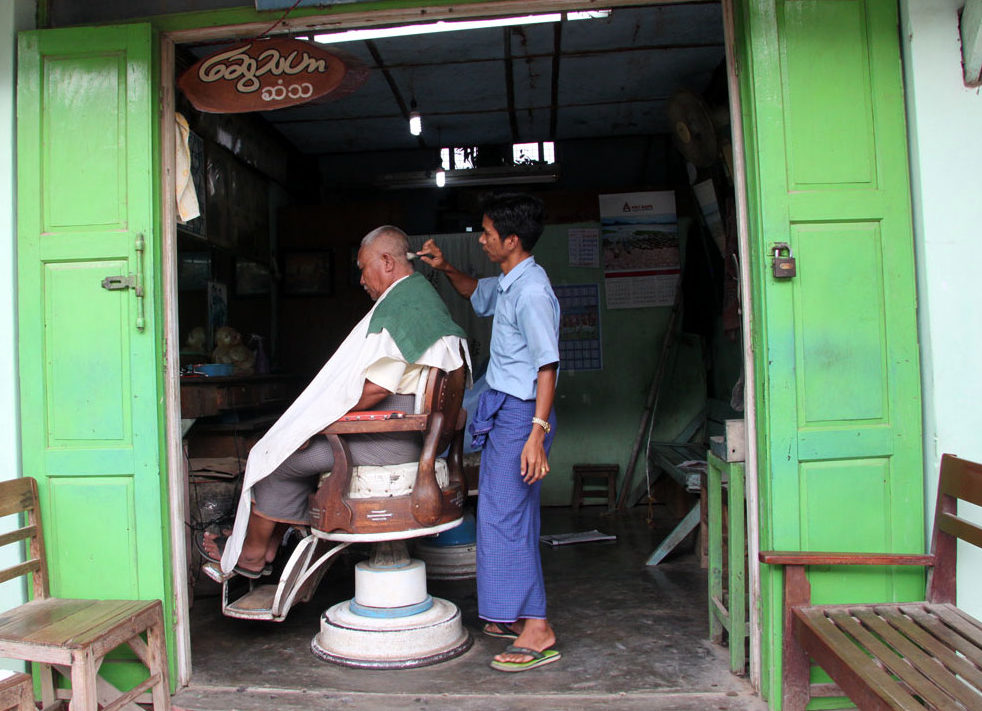
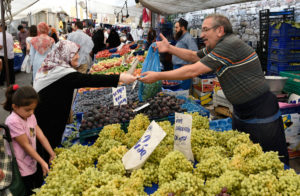
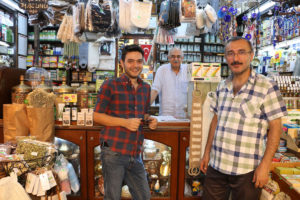
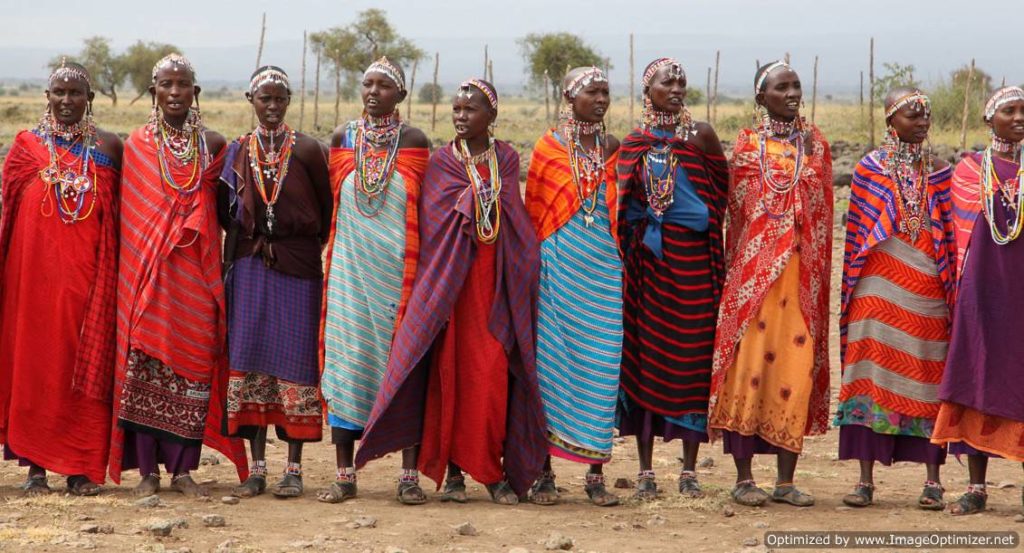
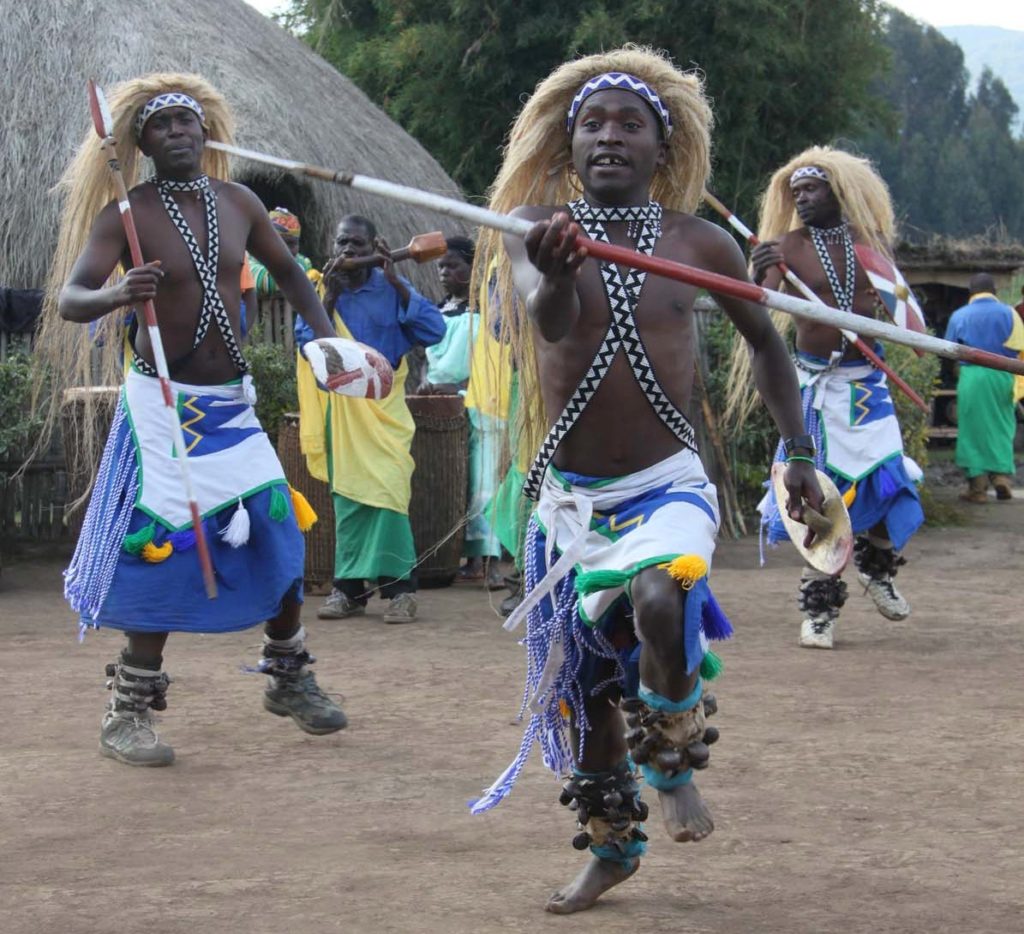
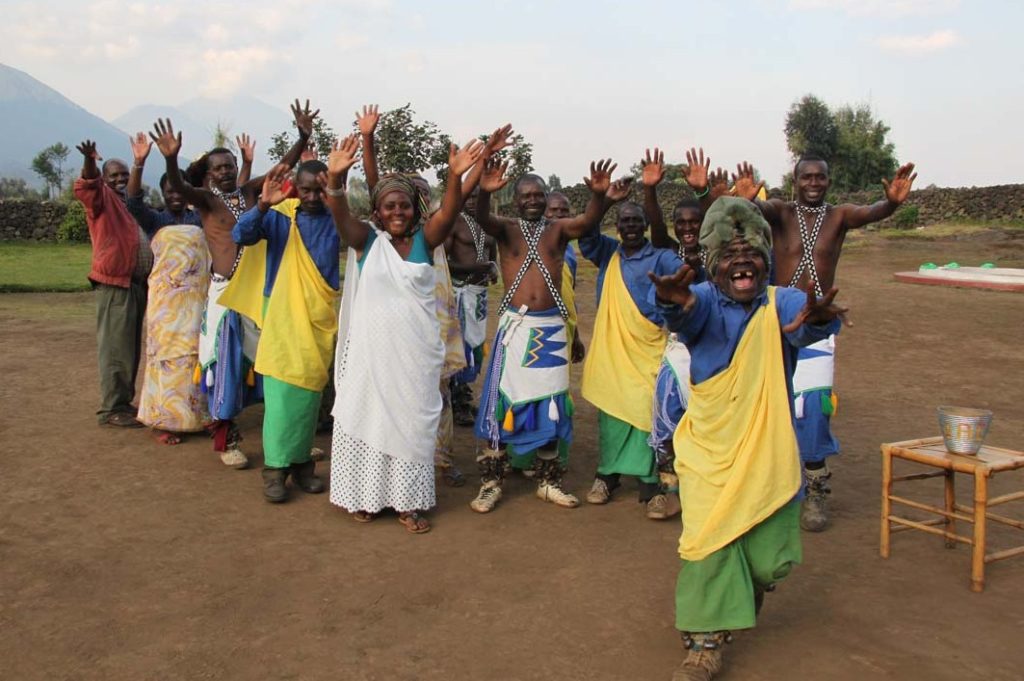
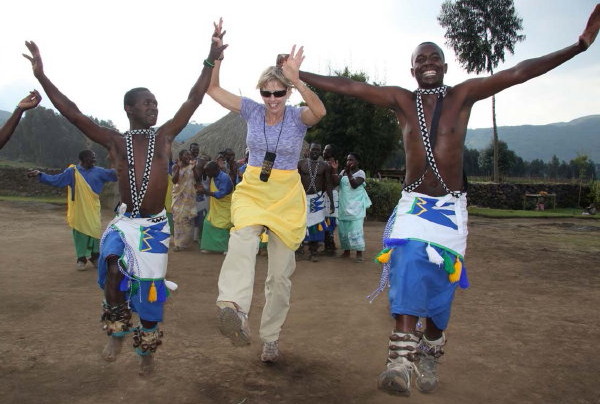
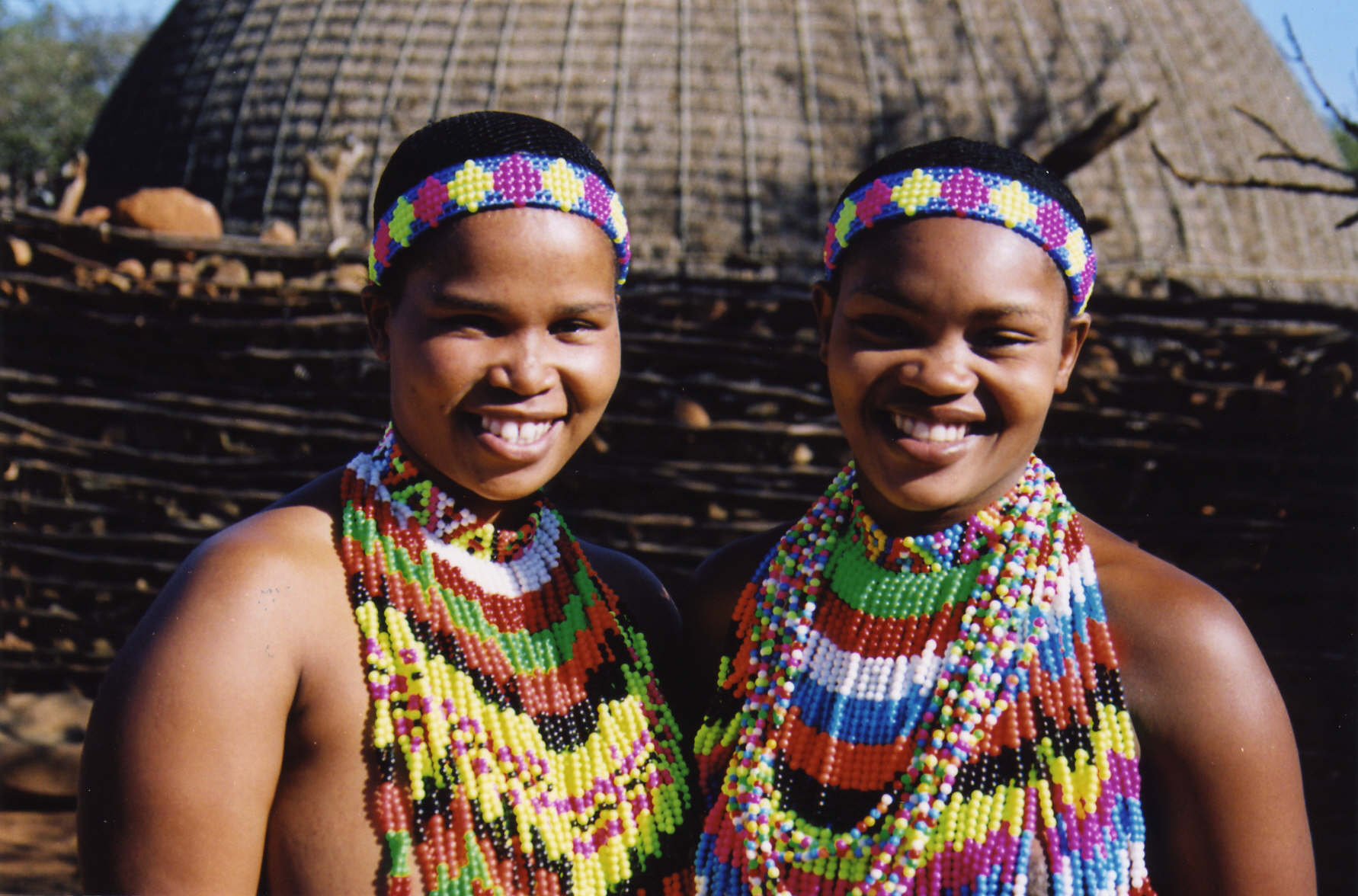
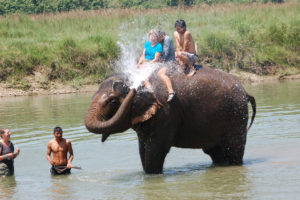
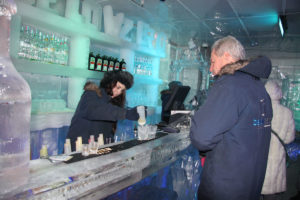
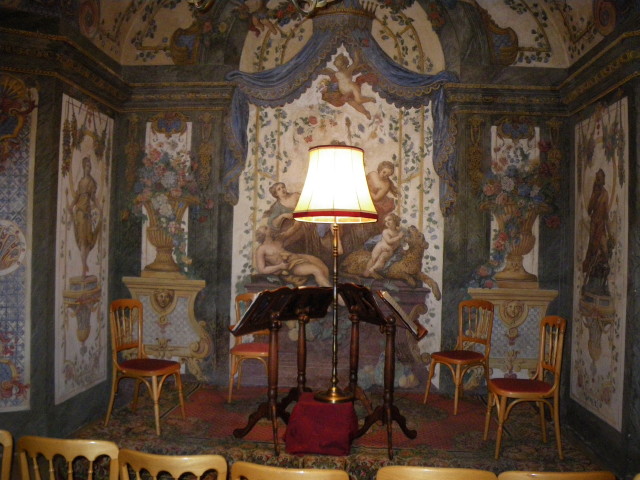
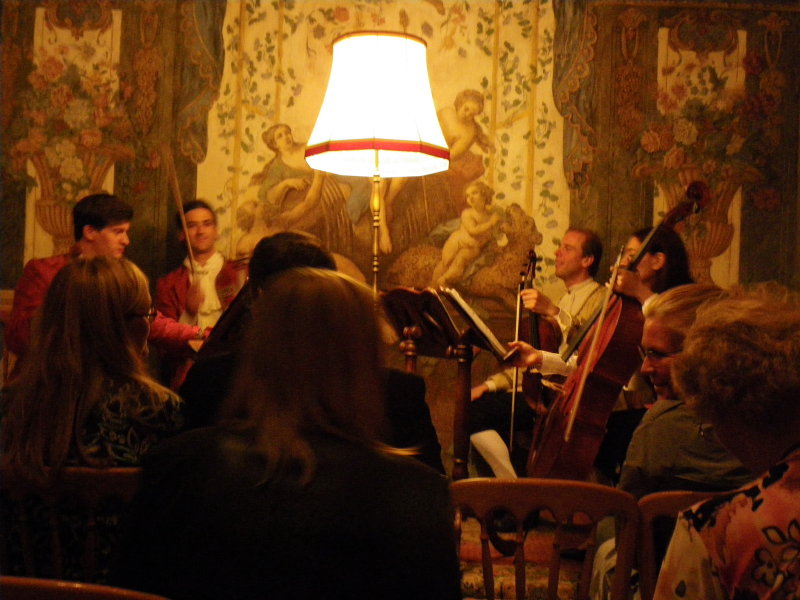
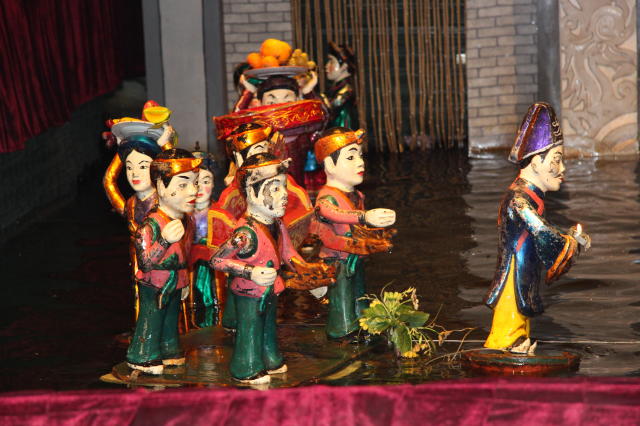
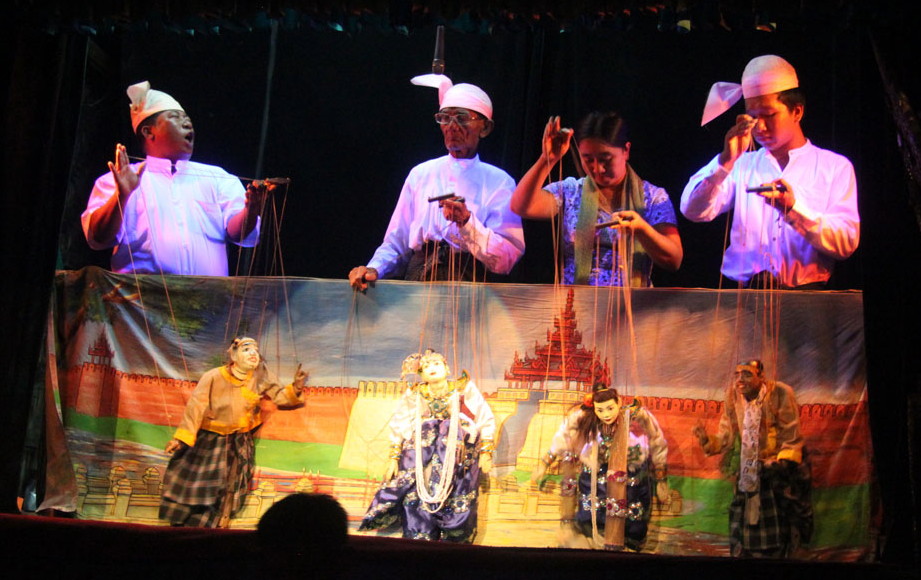
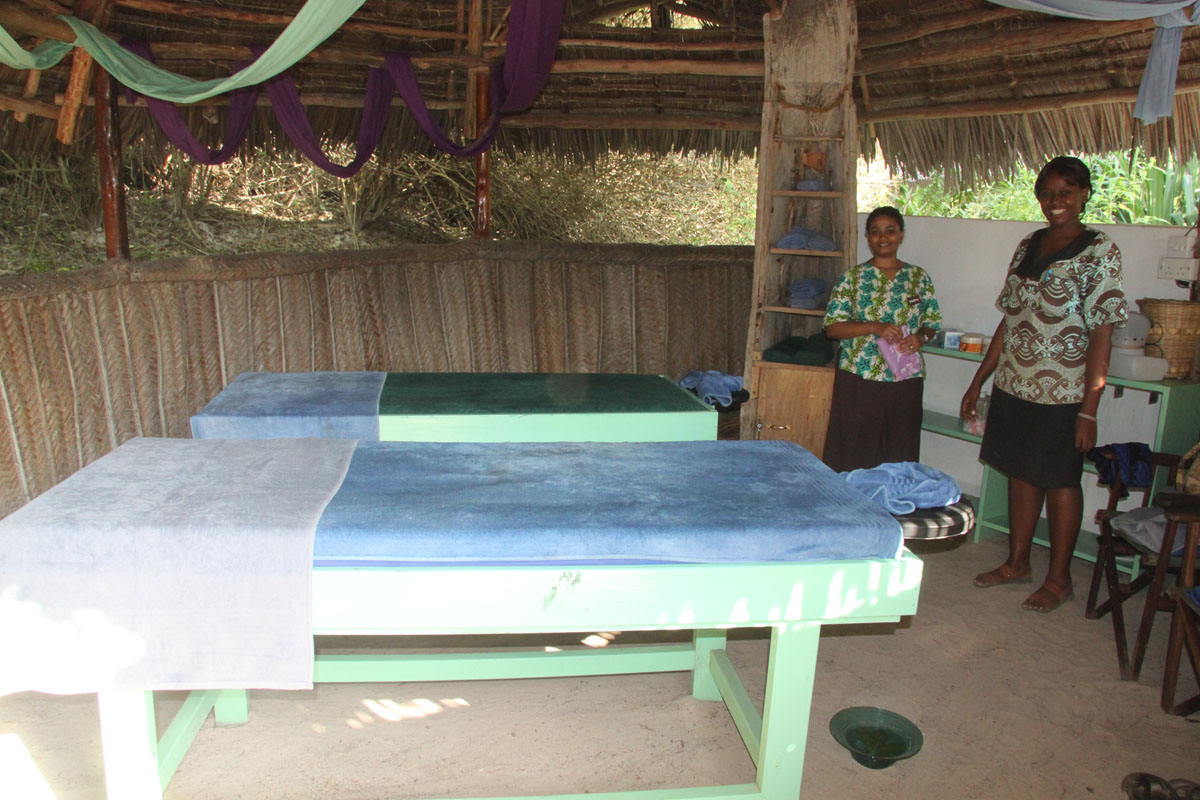
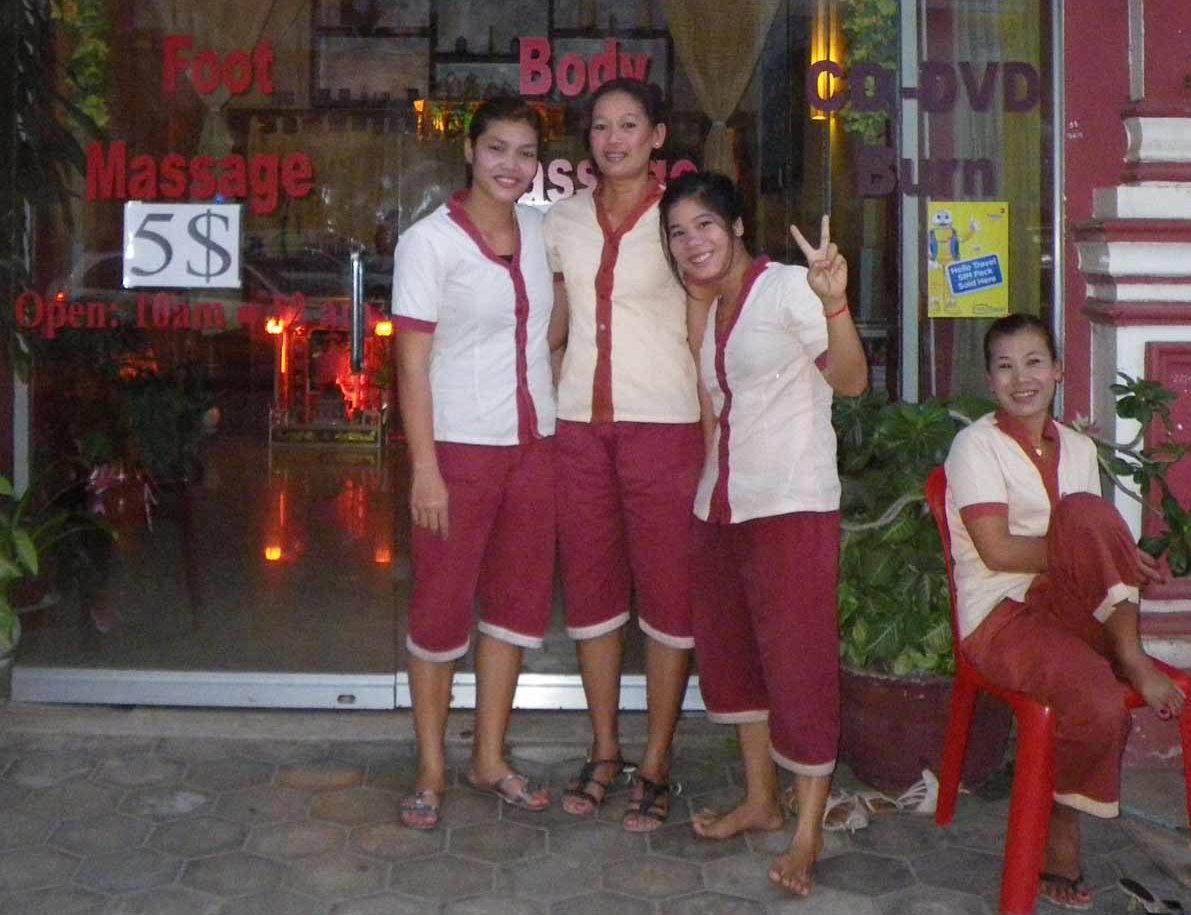
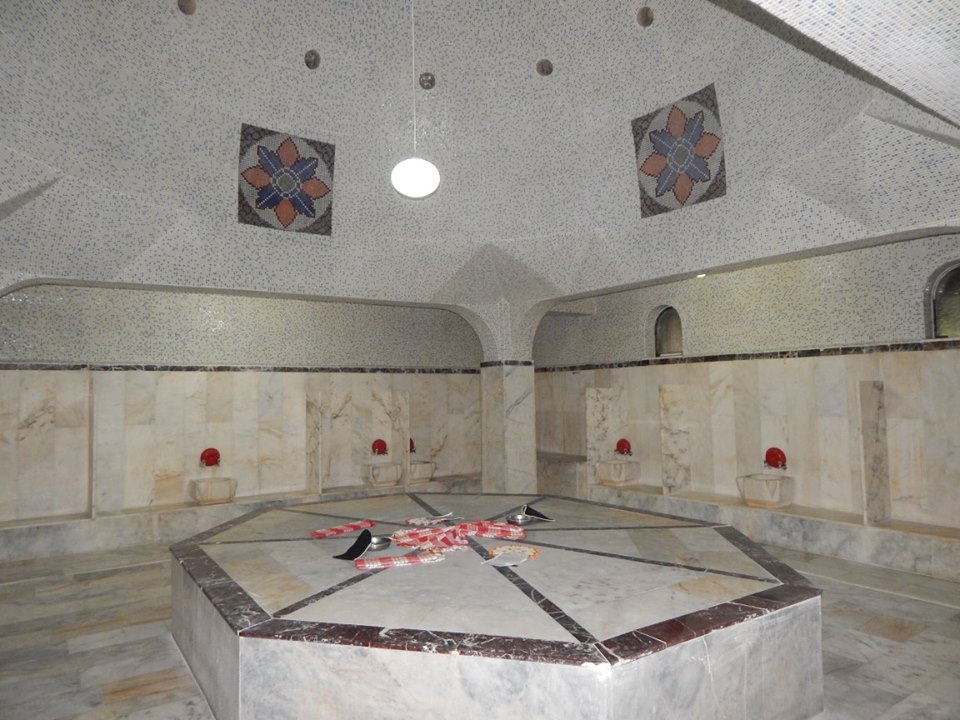
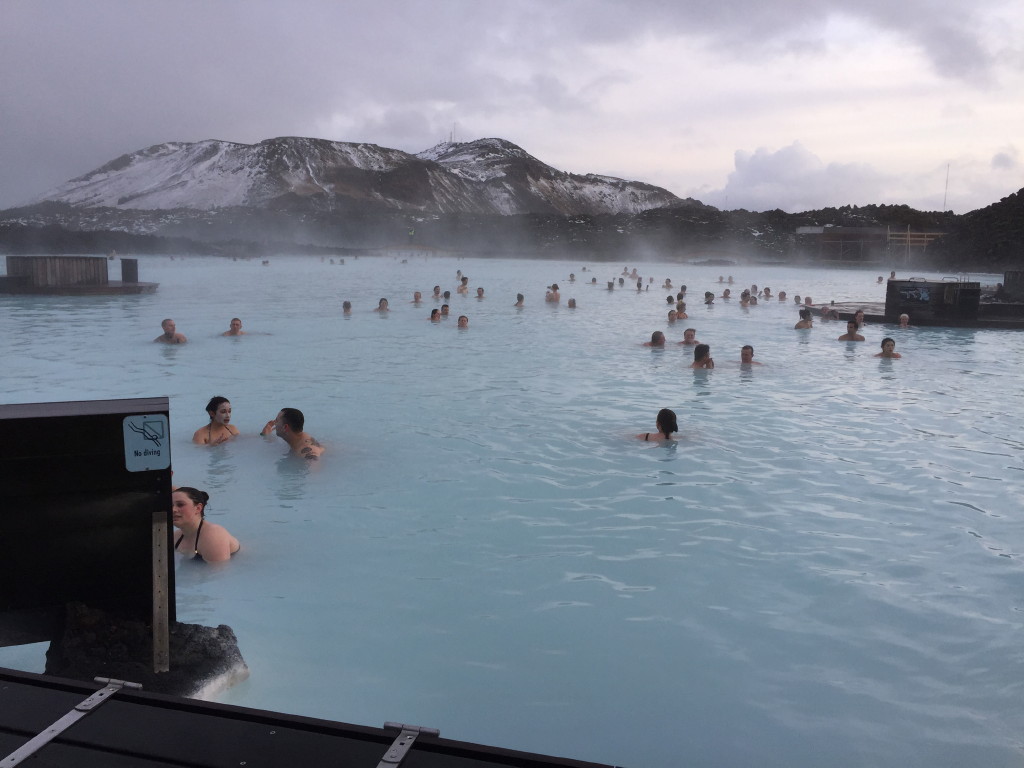

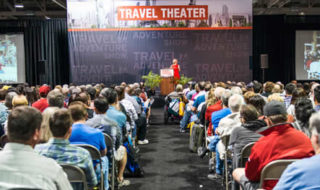
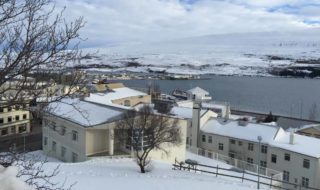

Great ideas to keep in mind.
Thanks Mary Kay for you kind words! Happy Travels…
Great Post Janet!!
I especially enjoyed the photo of your Bath with the Elephant!!!
Thanks, Karen for your nice comment. And, yes, I too love the photo of my Nepalese “elephant bath”! I truly had no idea that wall of water was coming. I’m sure the elephant handlers (mahouts) love to do that to all the visitors. Such fun!
Great information and inspiration for future trips. Thanks Janet
Thanks, Katrina. You’re most welcome and glad you found this useful. I know you’re an avid world traveler too! Here’s to more exciting travels soon.